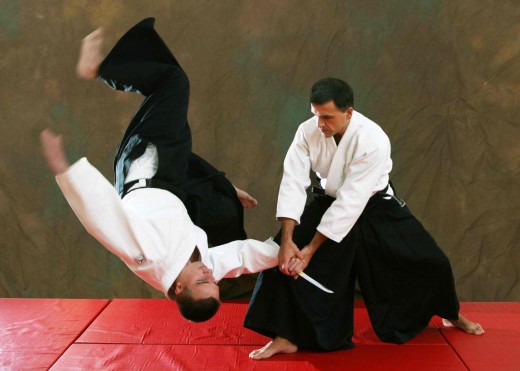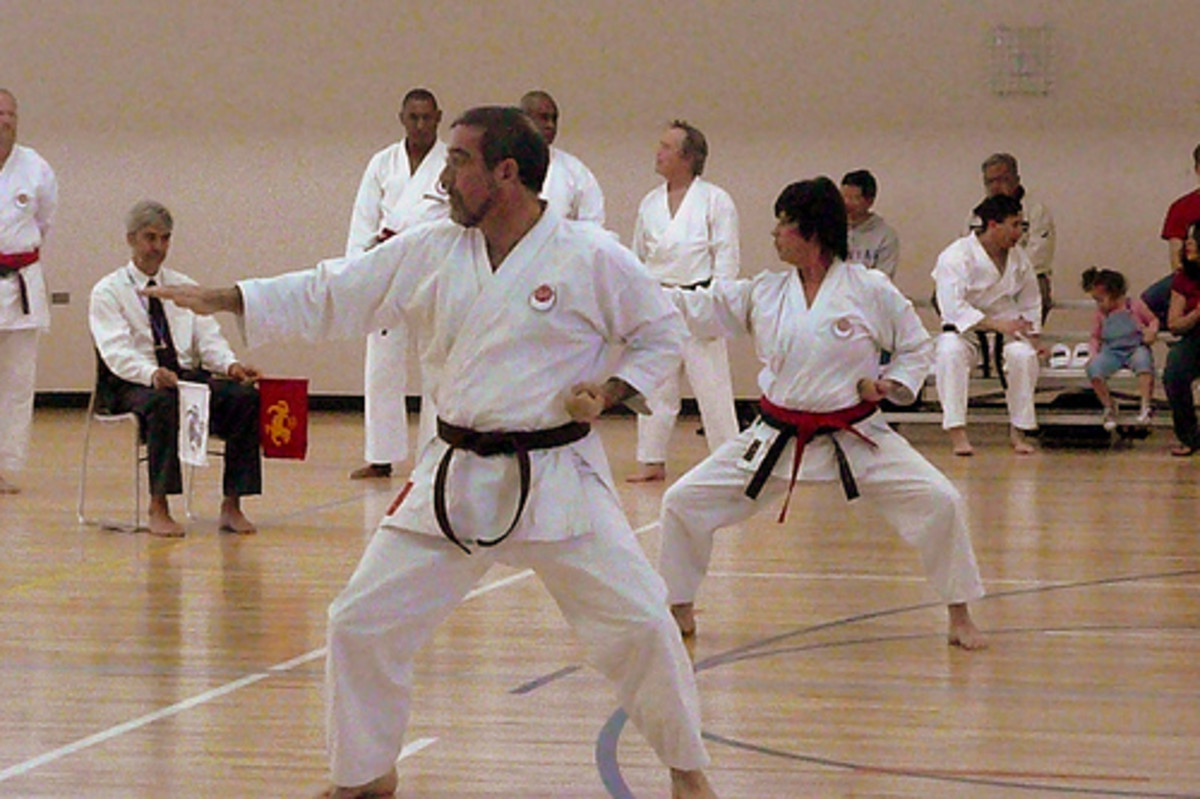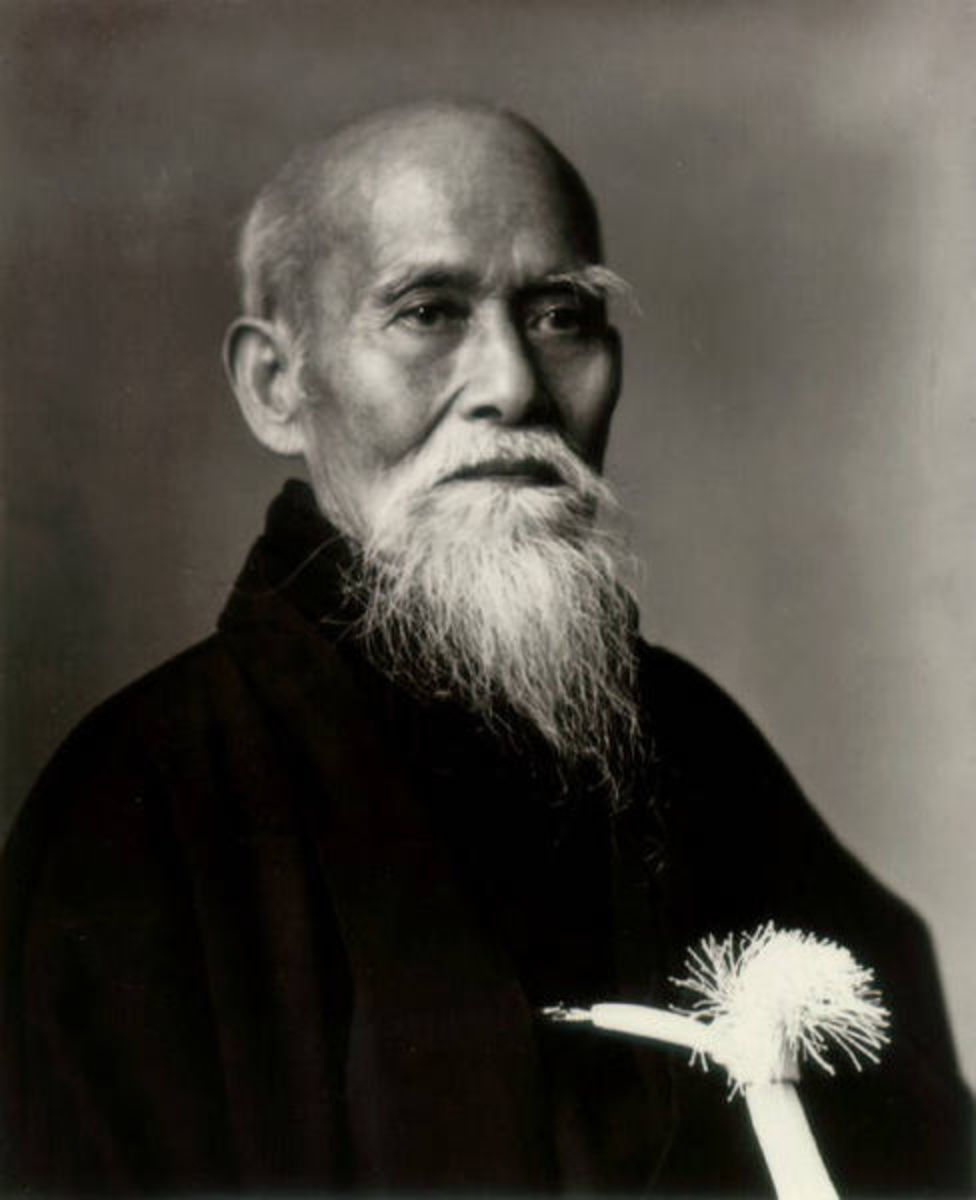- HubPages»
- Sports and Recreation»
- Individual Sports»
- Martial Arts
How to Improve Your Martial Art skills

Vocab list
These are the Japanese words that will be used in this article:
Gen no sen- taking the initiative after the attackers strike
Sen no sen- taking the initiative before the attackers strike
Sen sen no sen- Feeling your opponents next move
What is timing?
When studying timing you are studying the different ways you can manipulate your opponent. There are three types of timing generally used in Martial Arts. When focusing on the different types of timing you are deciding when to take the initiative. The first type of timing is Go no sen, which is the idea that you take initiative after your opponent has attacked, an example would be with a block then a strike.Then there is Sen no sen, this is when you take the initiative before your opponent attacks. This is done by learning how to read your opponents movements. Finally there is Sen sen no sen, this is similar to Sen no sen but this is when you can feel what your opponents going to do next. In this article I will discuss how each of these timing types can be applied to your technique and how you can practice them.
The Types of Timing
Timing Types
| Definitions
| Examples
|
|---|---|---|
Gen no sen
| Take initative after strike
| Block, then strike
|
Sen no sen
| Take the initative before strike
| strike before they can
|
Sen sen no sen
| Feel your opponents next move
| Be three steps ahead
|
Gen no sen
Gen no sen is the idea that you take initiative after your opponent has committed to strike at you. This, like all things, has it's pros and cons. The pros of this type of timing is that it forces your opponent to commit and sometimes over commit. This allows you to have a better opening. Another pro to Gen no sen is that when your opponent is striking your opponent is focusing less on blocking your next strike. As you practice this timing you will want to start making your defensive and offensive moves happen simultaneously. This will decrease the amount of time your opponent can react to your strike. The cons behind Gen no sen is that if your opponent is an aggressive fighter the idea of blocking then striking can cause you to continuously move backwards and cause you to become off balance. Another con is that you run the risk of missing your opponents initial strike and getting hit.

Sen no sen
Next, is the Sen no sen. Sen no sen is when you take the initiative before your opponent strikes. This is just when you strike right before your opponent can. You do this by learning how to read your opponents movement. You can do this by learning how to read telegraphing. Telegraphing is when the body of a fighter does small movements that warns you when your opponent is about to strike. The best way to practice this timing is to have a partner try to punch your hand and move out of the way just as he strikes. The pros to Sen no sen is that it allows you to make the initial attack while your opponent is convinced that they are making the initial strike. This is a very effective type of timing, but like all things it has it's pros and cons. The cons of Sen no sen is that it can cause you to over commit and fall into a trap. It can also be a problem legally, in some areas it can be a problem if you hit first.
What is your favorite timing
Sen sen no sen
Sen sen no sen is more advance and even harder to explain. Sen sen no sen is like Sen no sen, but it is more of feeling your opponents next move based on reading his or hers body language as a whole instead of reading small body movements like telegraphing. There is also a slight different in the timing. In Sen no sen, you take the initiative right before the opponent strikes. In Sen sen no sen you take the initiative before the attacker strikes. This timing is advance and is mastered over time.

How to apply them in Martial Arts
A fighter must be able to master all three types of timing and switch between them to stay in control of the fight the entire time. It is important to learn when to use Gen no Sen to bate your opponent, and use Sen no sen to shock your opponent or use Sen sen no sen to end the fight. The best way to practice switching between all of these is to spar as much as possible with several different people or with several people at once. Get your friends together and have fun.
Conclusion
There is a lot to be said about timing in martial arts but the basics behind it is to be able to flow and switch between each type of timing. Thank you for reading and if you have any comments feel free to leave them in the comment section.





